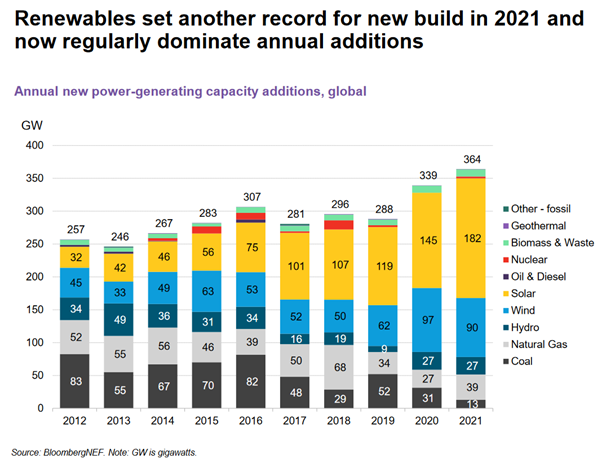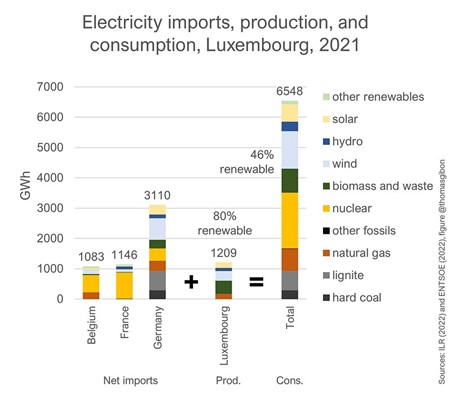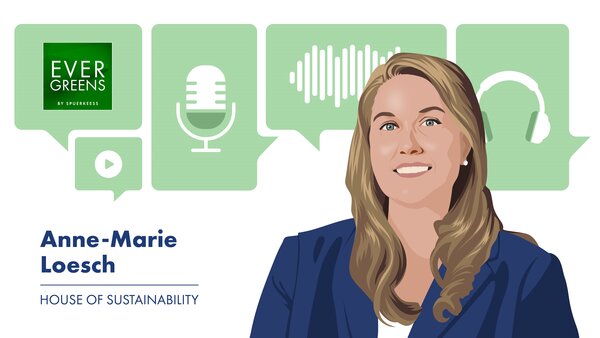5 useful tips:
1. Cars: avoid using individual cars, consider carsharing or drive an electric car. This saves money almost immediately.
2. Heating: If you rely on fuel oil or gas for heating, consider installing a heat pump or a pellet stove. If not properly isolated, upgrade your house. You save money in the long run.
3. Meat (especially red): Reduce meat consumption. It does not matter whether your beef comes from Brazil or Luxembourg, since most greenhouse gas emissions occur at the agricultural stage. Better for your wallet, your health, and for animals.
4. Travels: Train over plane. Purchasing carbon offsets for your flights is better than nothing. Still, you cannot easily buy your way out of emitting greenhouse gases.
5. Buy green electricity through a proper contract, i.e. one that is effectively linked with renewable power investments (e.g. enovos’ “nova naturstroum” or Sudstroum’s “Terra invest”). Avoid contracts relying on so-called “green certificates” as these have no effect on increasing renewable production capacity.





![[Translate to English:] [Translate to English:]](/fileadmin/_processed_/9/7/csm_426_EXP_Romy_Reding_Spuerkeess_28mars25_f6a6df7a8f.jpg)
![[Translate to English:] [Translate to English:]](/fileadmin/_processed_/5/8/csm_SP_175_Illustration_422_EXP_Bertrand_Lathoud_Luxembourg_House_of_Cybersecurity_d8f6d97d0e.jpg)
![[Translate to English:] [Translate to English:]](/fileadmin/_processed_/f/5/csm_SP_171_Illustration_420_EXP_Philippe_Parage_CN3_77e5a0f32e.jpg)
![[Translate to English:] [Translate to English:]](/fileadmin/_processed_/5/8/csm_SP_171_Illustration_420_EXP_Lars_Weber_Spuerkeess_301b899cc5.jpg)

![[Translate to English:] [Translate to English:]](/fileadmin/_processed_/8/7/csm_410_EXP_Luigi_Garofoli_Spuerkeess_6fe92987c1.jpg)
![[Translate to English:] [Translate to English:]](/fileadmin/_processed_/7/d/csm_417_RSE_Max_Didier_CDCL_ac53048797.jpg)
![[Translate to English:] [Translate to English:]](/fileadmin/_processed_/1/7/csm_416_EXP_Marco_Rasque_Da_Silva_Spuerkeess__1__33f3f45032.jpg)
![[Translate to English:] [Translate to English:]](/fileadmin/_processed_/9/a/csm_415_EXP_Stephanie_Damge_House_of_Entrepreneurship_ef4a4a81e8.jpg)
![[Translate to English:] [Translate to English:]](/fileadmin/_processed_/3/6/csm_414_EXP_Tom_Wirion_68ffad8a51.jpg)
![[Translate to English:] [Translate to English:]](/fileadmin/_processed_/0/7/csm_Jessica_Thyrion_ESG_080dab77d5.png)